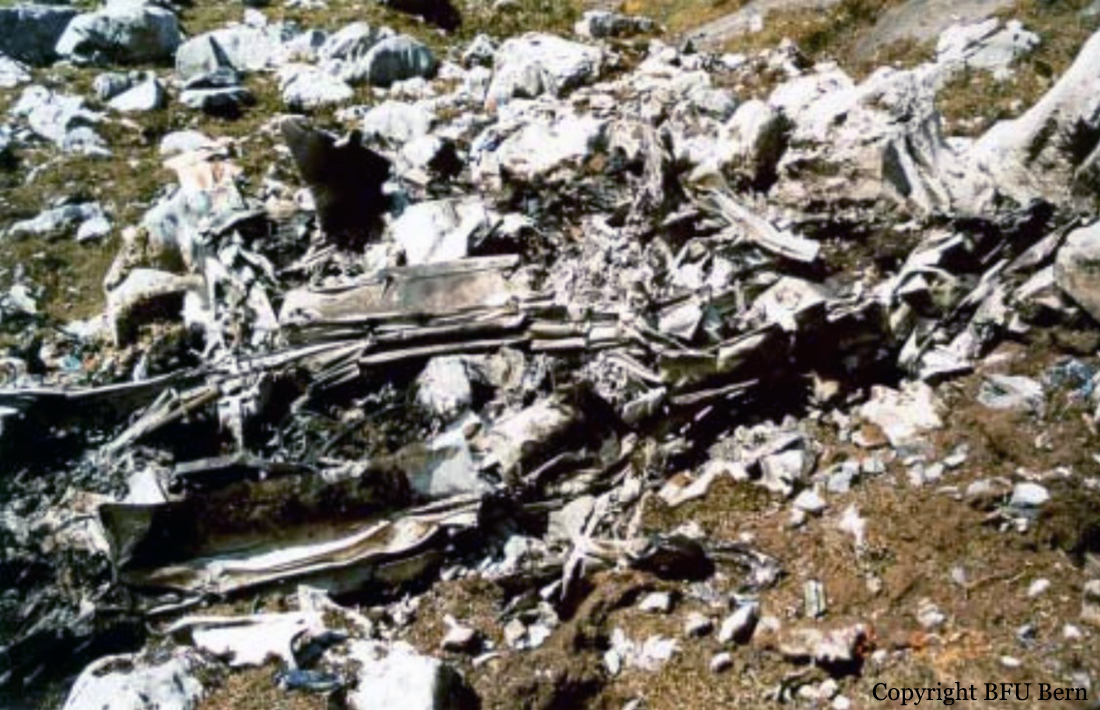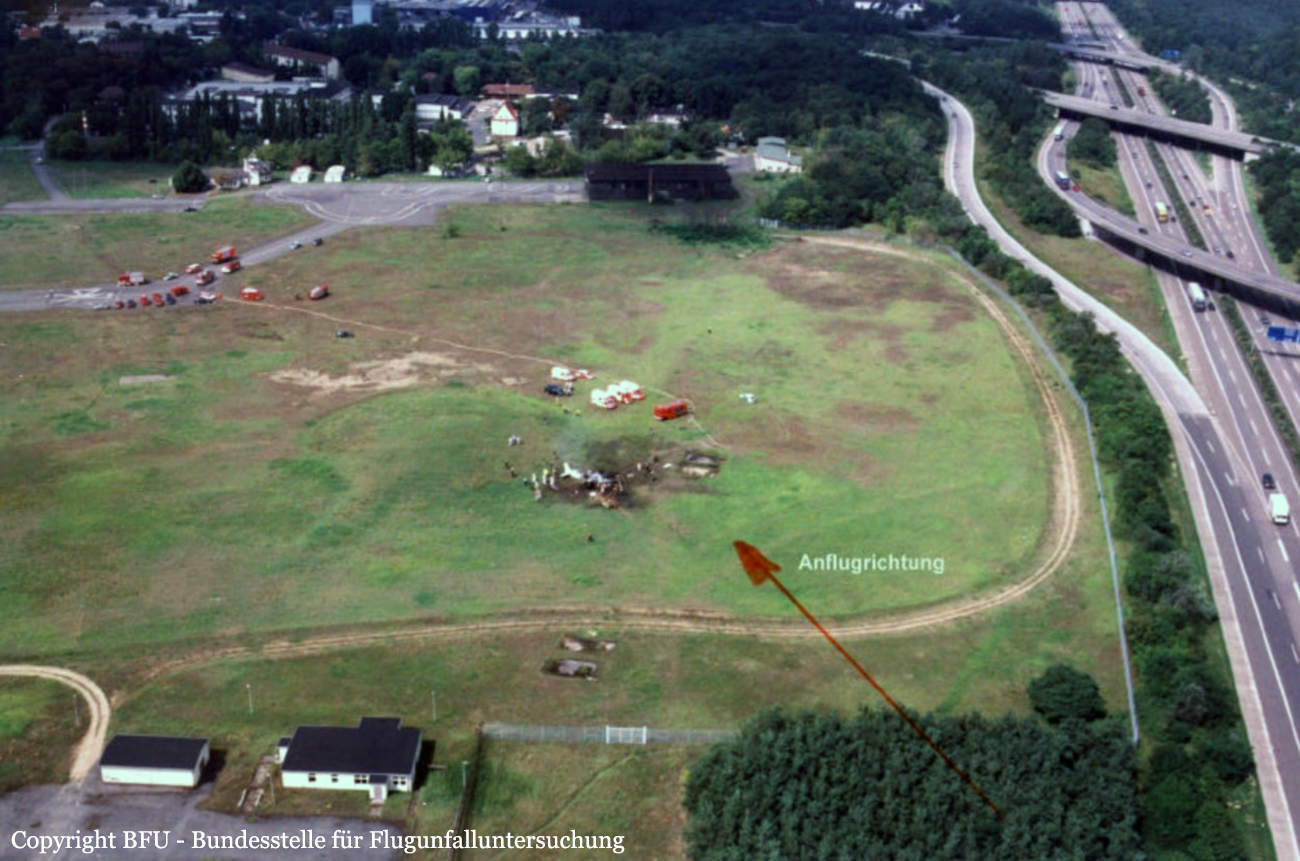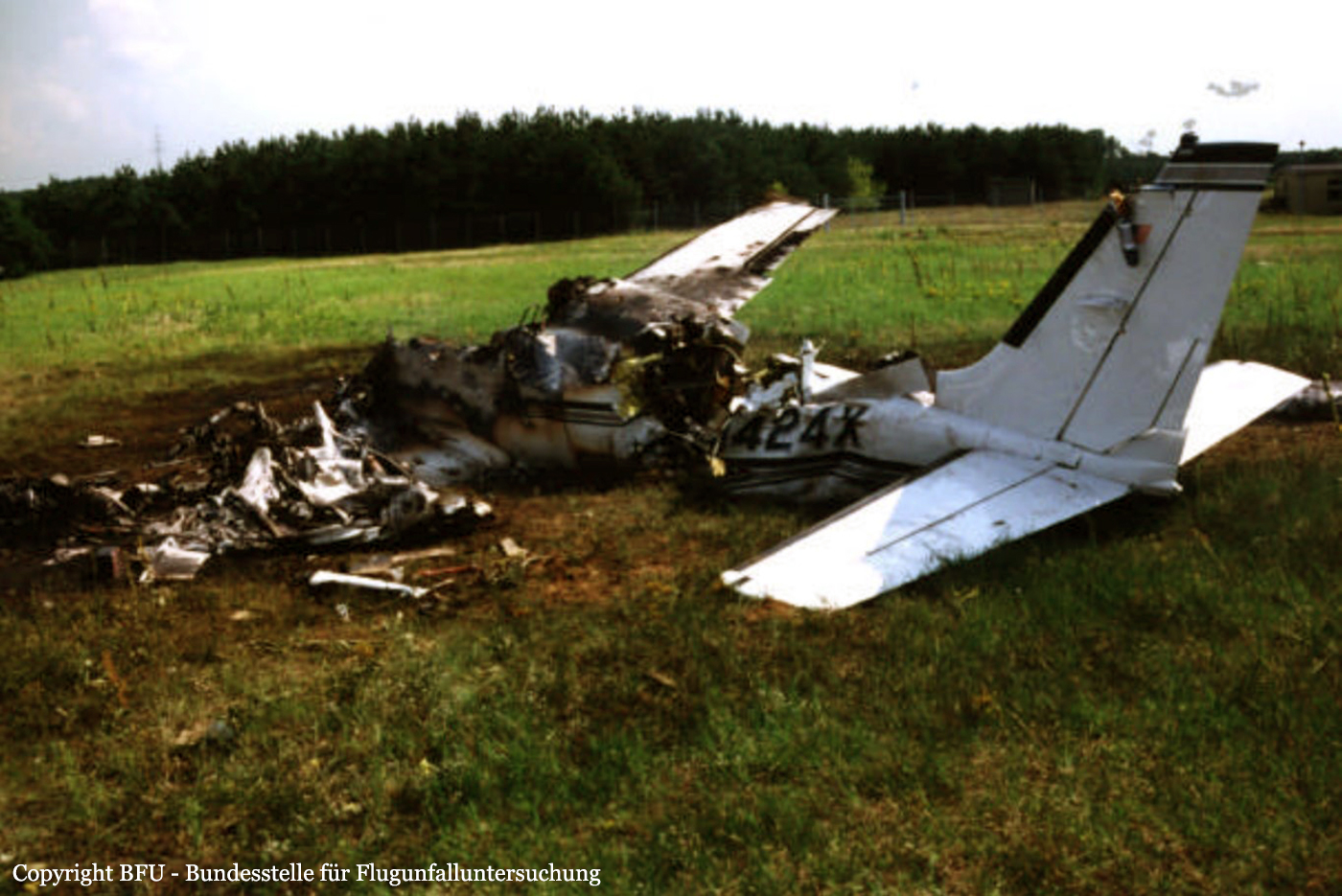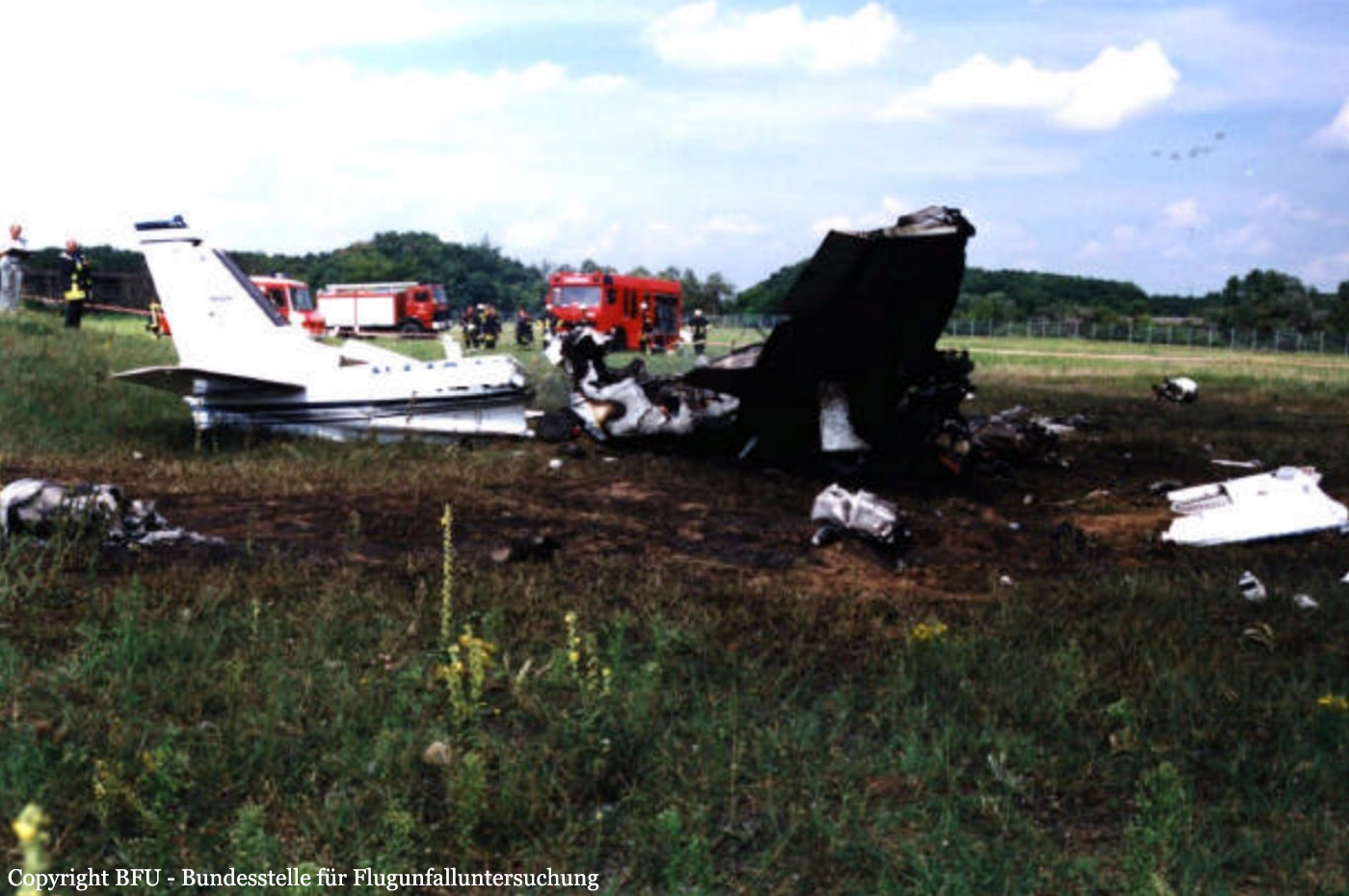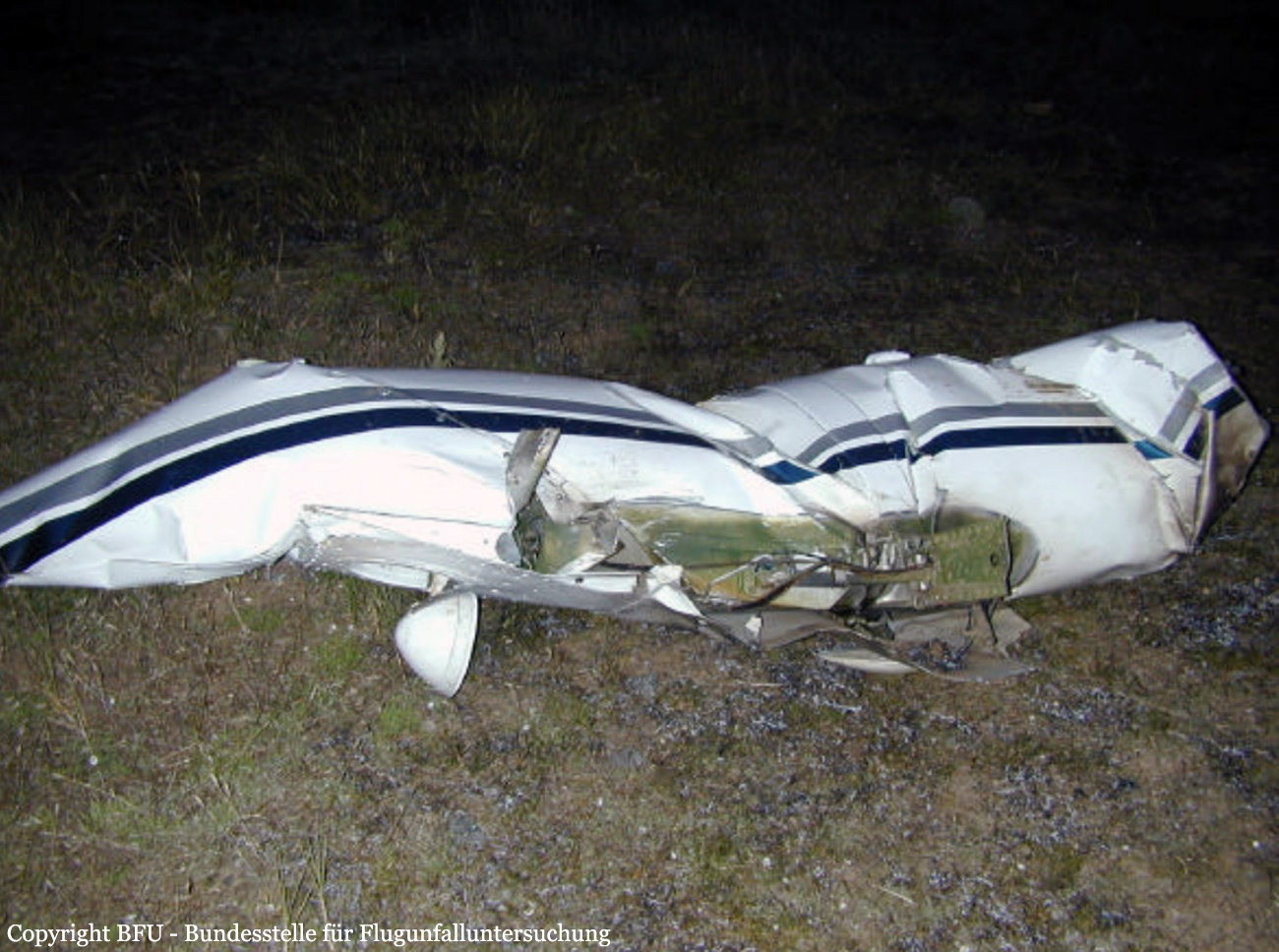Crash of a Cessna 340A near Klöntal: 5 killed
Date & Time:
Aug 24, 2000 at 2246 LT
Registration:
D-ICEN
Survivors:
No
Schedule:
Albenga – Stuttgart
MSN:
340A-0555
YOM:
1978
Crew on board:
1
Crew fatalities:
Pax on board:
4
Pax fatalities:
Other fatalities:
Total fatalities:
5
Circumstances:
The twin engine aircraft departed Albenga Airport on a private flight to Stuttgart, carrying four passengers and one pilot. En route, while cruising over the Swiss Alps, weather conditions deteriorated with thunderstorm activity and turbulences. The pilot lost control of the airplane that dove into the ground and crashed on the slope of a mountain located near Klöntal. The aircraft disintegrated on impact and all five occupants were killed. The wreckage was found at an altitude of 1,800 metres.
Probable cause:
The following findings were identified:
- Poor flight preparation and planning,
- The pilot took the decision to continue under VFR mode in IMC conditions without appropriate training,
- Loss of control by the pilot in IMC conditions.
- Poor flight preparation and planning,
- The pilot took the decision to continue under VFR mode in IMC conditions without appropriate training,
- Loss of control by the pilot in IMC conditions.
Final Report:
